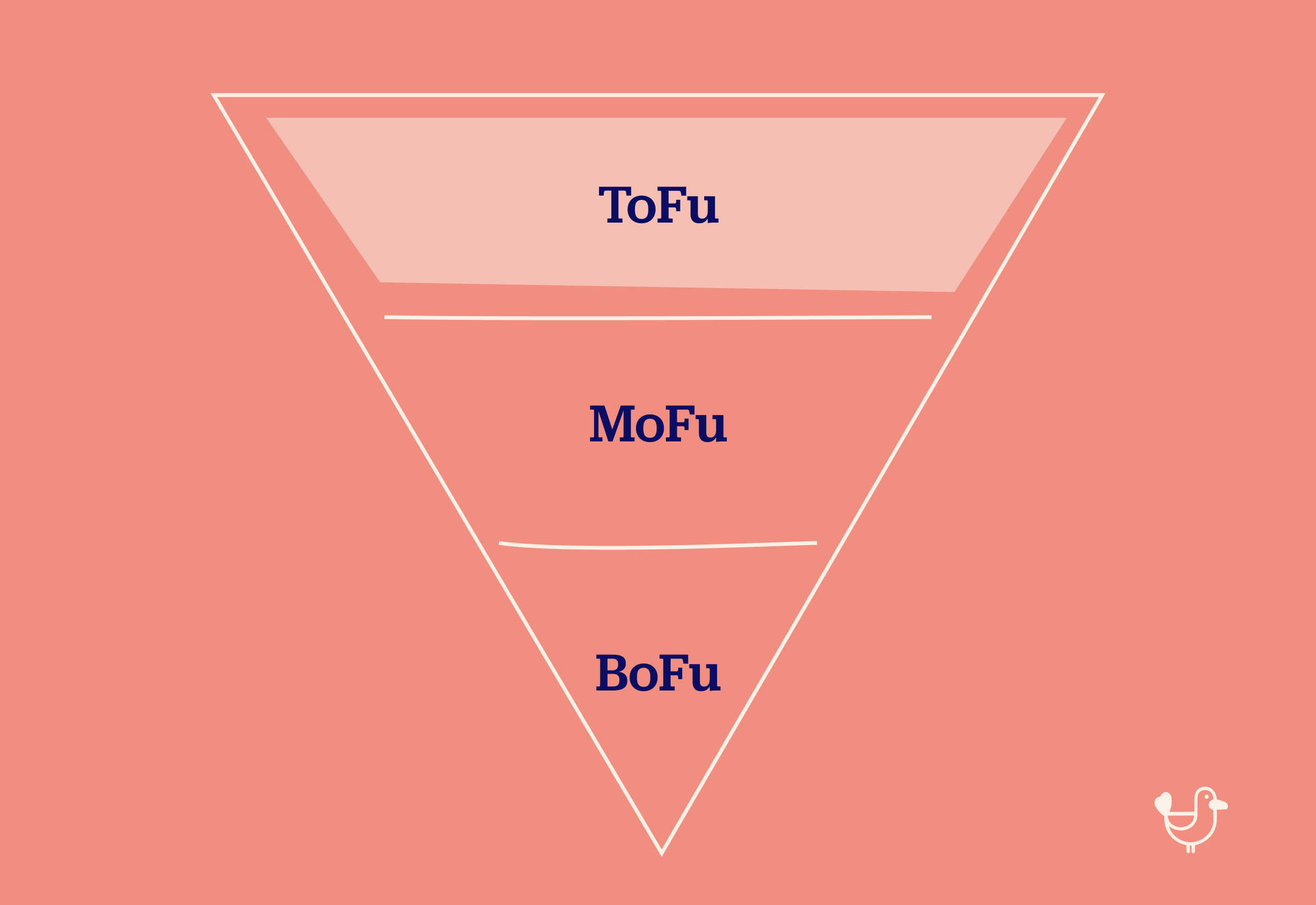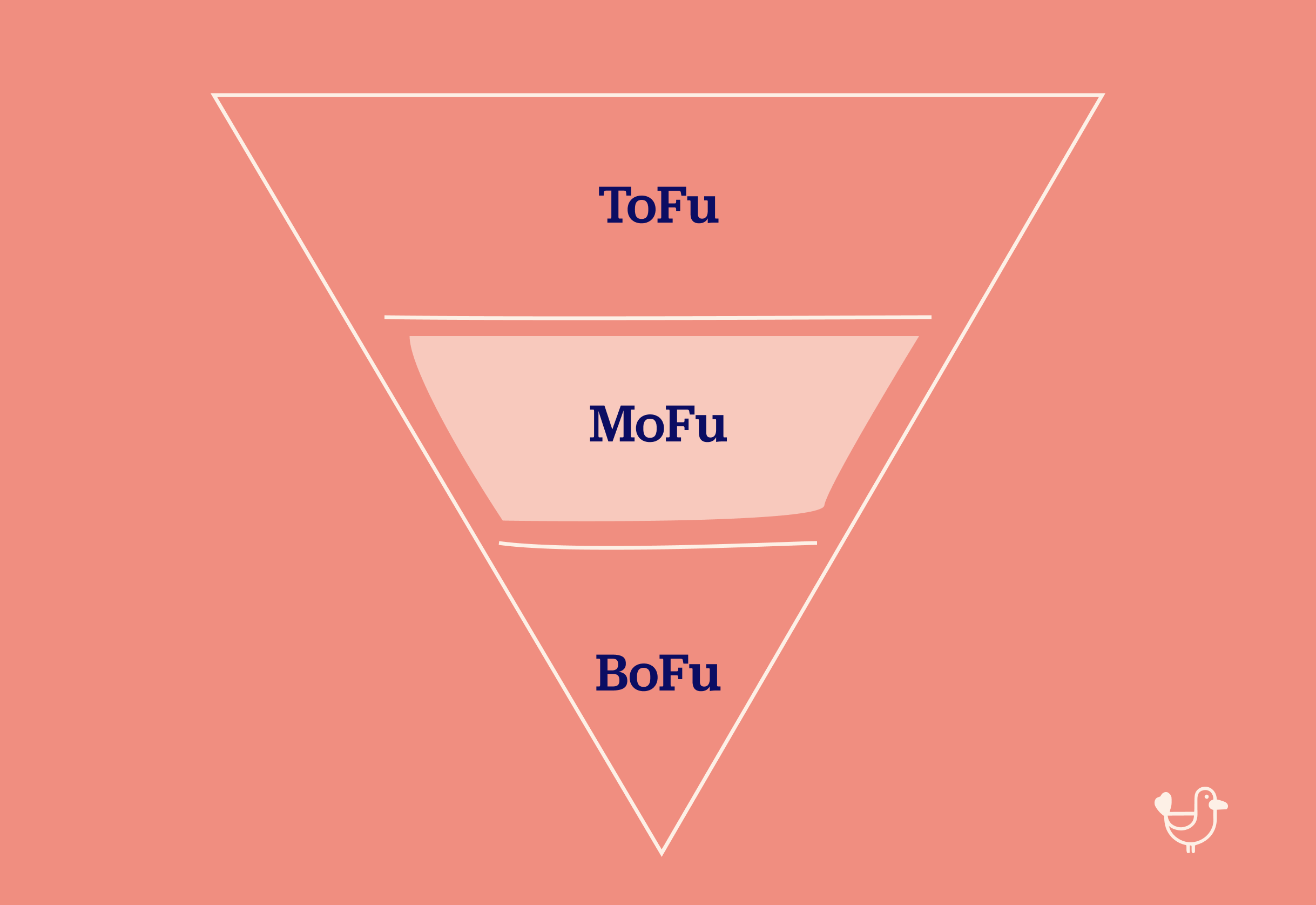What is a marketing funnel and how can you adopt it in your marketing strategy?
What is a marketing funnel and why is it important?
A marketing funnel is a useful structure to map out your marketing strategy. By illustrating the customer journey from awareness to purchase, the funnel allows you to zoom in to specific stages of a customer’s purchase journey and gain specific understanding of their pain points.
A well-structured marketing funnel is crucial in helping you convert potential customers into loyal clients as it provides the following advantages:
1. Optimise the outcomes of your marketing campaign
A well-designed marketing funnel reveals important insights to help you understand who your target audience is, and how they think in making a purchase decision. This is essential to help you optimise the outcomes of your marketing campaign.
2. Identify the gaps in your marketing strategy
Plotting out the entire consumer journey allows you to identify gaps in your marketing strategy. This then guides effective responses to prevent the loss of leads and potential customers.
3. Cost Effective
By understanding your target audience and structuring your marketing strategy to resonate with their needs, there is less trial and error, ensuring that not a penny spent executing your campaign goes to waste. Applying a full-funnel approach does not necessarily mean expanding your efforts across all stages in the funnel. Instead, it is more about gaining a holistic and in-depth overview of your customers’ purchase journey to make more accurate and targeted decisions in formulating your marketing strategy.
In the rest of this blog entry, we will attempt to walk you through the marketing funnel — what is accomplished at each stage — and share tips to help you optimise your funnel.
A marketing funnel is designed to serve a few main objectives – brand awareness (Top-of-Funnel), interest in product (Middle-of-Funnel), customer acquisition (Bottom-of-Funnel), and in a more recent rendition, customer retention.
As you move down the funnel, the size of your audience shrinks, but those who remain within the funnel are more likely to make a purchase as they have confirmed interest in your product and invested time into learning more about it.
How can you use marketing funnels to optimise your marketing efforts?
Planning the Funnel
Before scripting a marketing funnel, it is important to first understand your business. Ask yourself the following questions: What kind of business do you operate? Are you a B2B or B2C firm? Doing so allows you to determine the most important stages of your marketing funnel – and therefore, what to focus on to drive sales.
Especially in a dynamic, tech-driven economy, the purchase process need not replicate the entire process of awareness to acquisition from start to end. Instead, customers might enter the funnel at later stages (BoFu/MoFu) or skip stages entirely. For B2C consumer products, where costs of purchase are low, customers may purchase an item to try immediately (think of skincare!) when there’s a sale that they can’t resist. Conversely, clients of B2B firms may enter the BoFu stage of the funnel after receiving a referral from another company.
Additionally, depending on the profile of your company, you may need to focus on different stages of the funnel to optimise sales. For example, B2B companies might focus more on lower funnels as they engage a specific audience. In contrast, for B2C companies whose consumer profile is more generic and diverse, there is more emphasis on generating impressions in upper funnels.
Workings of the Funnel
After identifying the type of business you operate, it is now time to create your very own marketing funnel according to the needs of your business. Here, we will walk you through this process, illustrating how the funnel can be adapted to suit the different needs of a B2C and B2B business.
Top-of-Funnel
The top of the funnel (ToFu) is where your business draws attention to your product. The main focus here is to build awareness for your product amongst potential customers. This can be accomplished through generating and directing traffic towards your landing page.
B2C companies often use paid advertisements on social media platforms to widen their reach. On the other hand, B2B companies use SEO-optimised blog posts to reach a specific audience – usually businesses seeking a solution to a problem they are facing in operations.
Middle-of-Funnel
If you’ve successfully attracted potential customers to your landing page, they have now entered the middle of the funnel (MoFu), where they are considering making a purchase. It is now the perfect time to inform website patrons of your brand & strengths.
Ideally, you should highlight how your brand stands out from your competitors and keep it customer centric – illustrate their pain points and elaborate how your product/ service resolves their problem.
Useful content for this include spotlighting testimonials or successful case studies on your landing pages. You could (and probably should!) start a mailing list to flood subscribers with emails that educate them on your product.
Bottom-of-Funnel
Finally, the bottom of the funnel (BoFu) is where conversions happen. To convert existing leads into paying customers, effective sales strategies, such as following up with leads, and providing an incentive is essential.
B2C firms often come up with exclusive discounts for subscribers on mailing lists (a fast fashion favourite) or testers to convert customers. B2B companies could include a free template or a free trial to convince potential clients of their expertise and the quality of their service.
Customer Retention
Following customer acquisition, a sustainable business must derive strategies to retain customers in the long-term. This is why newer models of the marketing funnel continue to identify reasons and strategies to maintain customer loyalty to a brand.
It is important to highlight that while focusing on a particular stage to optimise sales may be effective for a resource-strained company in the short term, it is ideal for companies to engage with their audience across all stages of the consumer journey. This prevents overreliance on a particular method of customer acquisition, ensuring the effectiveness of your marketing strategies.
For example, businesses that acquire customers purely through sales strategies like discount codes (concentrated in the bottom funnel) may find it difficult to establish a lasting brand image, compromising their ability to retain customers in the long-term.
Besides shifting to focus on a full-funnel marketing approach, important strategies to retain existing customers include following up with them through loyalty programmes to prevent your customers from being poached by competitors.
‘I have a marketing funnel but it is not working’
Perhaps you have implemented a marketing funnel but it has been ineffective. Here are a few tips to help you improve your marketing funnel.
Ensure the measurability of your campaigns and ALWAYS review
Key to a strong marketing funnel is the ability to identify where your potential customers drop off, and doing the necessary damage control to prevent them from doing so. This is why it is absolutely essential to define metrics that measures the success of your marketing efforts at each stage of the funnel. Often, business owners do not pay attention to the accuracy of their KPIs. While this may be due to data limitations, wherever feasible, using the most accurate measurements to monitor your campaigns is better able to guide your strategy to meet the metrics.
For example, if your immediate aim is acquiring customers, focus on measuring real sales output rather than engagement count. Conversely, use viewer impressions (e.g. Ad clicks) to quantify the success of top of the funnel campaigns.
Besides adopting targeted metrics for each stage of the funnel, another possible method to help you track the success of your marketing efforts is to have different landing pages for different sources of traffic. Besides ensuring that your content is targeted to the profile of your audience (which could vary between platforms), it allows you to trace where the largest source of traffic comes from – and by extension, prioritise the most effective marketing channels.
That said, measuring the success of your campaigns is not all there is to a successful and sustainable marketing funnel. You must review your funnel consistently and fix any potential leaks for the funnel to work in the long term.
Maintain a consistent flow of traffic across your funnel
Businesses may sometimes fall into the trap of viewing each stage of the marketing funnel as separate entities — especially when marketing strategies are targeted to optimise specific stages of the funnel). In reality, doing so creates leaky and ineffective funnels.
A leaky funnel, where potentials drop out along the funnel, often happens because strategies implemented at one stage are isolated from the rest, and fail to guide consumers along the funnel. To transform a stranger to a loyal consumer of your product, they must be converted at each stage of the funnel, implying that your marketing strategy must follow a consistent flow from top to bottom.
How can this be prevented? When crafting marketing strategies, always keep the objectives of the next stage of your funnel in mind. For example, while designing content to keep viewers interested in your products on the landing page, include an opt-in pop-up for website patrons to join your mailing list. This can be used to streamline highly convertible leads, which you can then spam with promotions and discounts in the sales stage (BoFu).
Another example would be ensuring that links in your social media are clickable and bring your audience to your landing pages. Even simple edits can make huge differences.
Your funnel is not actually problematic, your content is.
Your marketing funnel might be flawless in structure, but the marketing and sales strategies used to address your target audience might be problematic.
For example, a common error in developing marketing content is overcomplicating your product claim. You’re confident that your product will achieve many great things – and that’s awesome, but no one has the time to read through an essay to describe your product. Instead of overexplaining your product and what it has to offer, make one central claim. What is the most important problem that it solves? A simplified offer that provides direct and in-demand solutions is best understood, and therefore most desired by your target audience.
Engage an external consultant to review your marketing funnel
Whether it is to help you uncover hidden issues in your funnel, or guide you in building and executing your funnel from scratch, hiring a professional consultant can save time and energy (used to trial the funnel) and maximise ROI immediately. Take a look at our article to find out how fractional marketing can help your business!
Want to understand how our fractional marketing team used the funnel approach to help companies like Lendela increase ad CTR by over 50%? Book a discovery call with us today!






